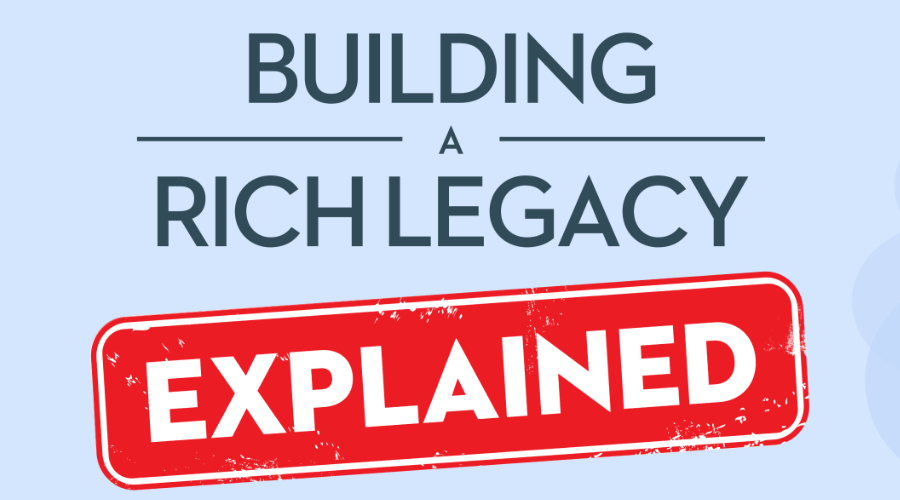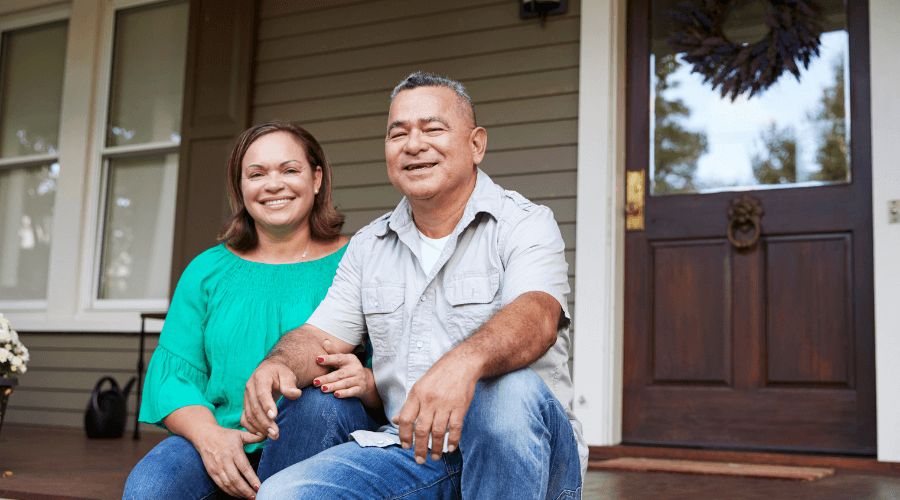The Canadian government has several programs in place to provide income for its citizens during retirement. The Canada Pension Plan (CPP, a key source of retirement income for many Canadians) and Old Age Security (OAS) are probably the best known of them. A lesser-known benefit is the federal Guaranteed Income Supplement (GIS).
What is Guaranteed Income Supplement?
The Guaranteed Income Supplement in Canada is a monthly, non-taxable benefit given to low-income retirees aged 65-plus.
With the government providing CPP, OAS and the federal Guaranteed Income Supplement (GIS), it can be confusing knowing what they are and how they differ. Not surprisingly, many people wonder, what is the Guaranteed Income Supplement and how does it fit in with the CPP and OAS?
So how does GIS in Canada fit in with CPP and OAS?
The amount of Canada Pension Plan that you’ll receive depends on how much you’ve contributed to the plan during your working life.
The amount of OAS you’ll receive depends on how many years you’ve lived in Canada since you turned 18.
What is GIS in Canada for? It is designed to help Canadian retirees who have a low income. Retirees who qualify for GIS in Canada receive their first payment the first month after their 65th birthday. The OAS and Guaranteed Income Supplement in Canada are closely connected: you won’t receive any GIS in Canada if you don’t also receive OAS.
What are the benefits of GIS?
For low-income retirees, the Guaranteed Income Supplement in Canada can provide a much-needed addition to their retirement income. If you have income below $20,832 any extra cash is a very welcome boost. And because it’s not taxable, it shouldn’t affect any other benefits you might qualify for.
What is the Guaranteed Income Supplement Eligibility
Guaranteed Income Supplement eligibility (GIS eligibility) requires that you are:
Aged 65-plus
A Canadian resident
Have income (or combined income if you have a spouse) below the appropriate threshold
Must be receiving OAS currently
GIS eligibility is restricted to people with very low income who are also getting an OAS pension. What is the maximum income to qualify for GIS? The amounts involved are outlined in the next section, but in general Guaranteed Income Supplement eligibility cuts off currently at under $49,920 per couple and under $20,832 for single retirees.
What is considered as income for GIS?
Calculating your GIS depends on the net income you reported on your Income Tax Return and does not include your OAS pension. Below is a list of income earnings and tax deductions that must be considered to determine how much GIS you are eligible for:
- Benefits earned from a Canada Pension Plan (CPP) or a Quebec Pension Plan (QPP)
- Any other pensions you receive, including from private sources or a foreign country
- Any income earned from your Registered Retirement Savings Plans (RRSPs) that you may have cashed in the year
- Employment Insurance income
- Income earned from a rental property you own
- Income on any investments you have made, and the interest earned on that income
- Income from dividends and any capital gains
- Alimony as a result of a separation or divorce
- Benefits claimed through workers’ compensation
- Your net income from employment, minus the $3,500 earnings exemption, CPP or QPP contributions and Employment Insurance premiums
- If you are self-employed, your net income minus CPP or QPP self-employment contributions as well as your Employment Insurance premiums are considered income
- RRSP deductions, union dues, employment expenses and other deductions must also be reported for the purpose of determining your GIS eligibility.
What is not considered as income for GIS?
For the purpose of GIS calculation, your OAS benefits and Allowance are not considered as income.
What is the maximum income for GIS?
When applying for the GIS pension, it will save you time if you first find out if your income is too high. For couples (married or common-law) GIS eligibility is based on your combined income, and for single people the GIS pension eligibility is based on your income alone. Below are the most recent GIS eligibility thresholds:
What is the maximum income to qualify for GIS if my spouse receives the full OAS pension? Less than $28,560
What is the maximum income to qualify for GIS if my spouse doesn’t receive the full OAS pension? Less than $51,840
What is the maximum combined income to qualify for GIS if my spouse receives the Allowance?* Less than $39,984
What is the maximum income for GIS if I am single, widowed or divorced? Less than $21,624
* The Allowance is a benefit for low-income Canadians aged 60-64 whose spouse receives GIS in Canada.
How much is GIS in Canada
As with OAS payments, GIS payments are reviewed in January, April, July, and October, to make sure they keep up with inflation. Increases are measured by the Consumer Price Index: monthly payments increase if the cost of living goes up but are not reduced if the cost of living goes down. Below are the most recent maximum monthly GIS payments:
How much is the guaranteed income supplement for a couple?
Depending on your situation, the amount you receive each month toward your Guaranteed Income Supplement in Canada will change.
| How much GIS will I get if my spouse receives the full OAS pension? | $641.35 monthly maximum |
| How much GIS will I get if my spouse doesn’t receive the full OAS pension? | $1065.47 monthly maximum |
| How much GIS will I get if my spouse receives the Allowance? | $641.35 monthly maximum |
| How much GIS will I get if I am single, widowed or divorced? | $1065.47 monthly maximum |
How to calculate a GIS
GIS payments are based on your annual income and your marital status. While you do need to apply for the Guaranteed Income Supplement in Canada, it is a one-time application. As long as you continue to file your taxes annually, you will receive this benefit. If and when your annual income changes and/or your marital status changes, it will affect how the amount for your GIS payment is calculated and how much you will receive.
Each income range has a different amount of GIS, so when looking at how to calculate the Guaranteed Income Supplement, it can get quite complicated. Before applying for GIS, it is worth visiting the Government of Canada webpage to see how much you may be eligible for. Next, click on “Select your annual income range”, either beneath single person or married/common-law.
Once you click on the relevant income range that applies to you, you will be taken to a page where you can find your exact income. Next to this figure will be displayed the monthly GIS you’ll receive (if you also receive the maximum OAS) plus your combined OAS and GIS monthly payment. If your spouse or common-law partner passes away, or you go through a divorce, once again, you will need to check how your GIS is calculated, because the amount will change with your revised circumstances.
How to apply for GIS
Applying for the GIS is not always necessary, but you must have applied for and qualified for the OAS first. Many Canadians will receive a letter from the federal government, informing them of when they will start to receive the GIS, in which case a GIS application is not necessary.
If you don’t receive the letter soon after you turn 64, you may have to submit a GIS application. The Government of Canada GIS webpage provides all the information you need to submit a GIS application.
When can your GIS payments stop?
There are several reasons why your GIS payments could be reduced, stopped, or held back:
- If you don’t file your taxes by April 30 every year
- You leave Canada for more than six months
- Your income increases
- You are sentenced to a federal prison term of two years or more
- Your marital status changes
- You or your spouse dies
DOWNLOAD OUR FREE RESOURCE
10 reasons CHIP is right for you
Other ways to increase your retirement income
What is GIS likely to mean to your retirement income? It will provide you with either a maximum of $1,026.96 per month if you’re single/your spouse doesn’t receive the OAS pension, or a maximum of $618.15 per month if your spouse receives the OAS/the Allowance.
Those maximum amounts, however, pretty much require you to have very little other income. Ultimately, if you rely on the GIS pension, your total monthly income will probably mean that you’re having a financially difficult retirement.
If you’re a Canadian aged 55-plus and own your own home, there could be another way to supplement your retirement income. The CHIP Reverse Mortgage from HomeEquity Bank allows you to take up to 55% of your home’s appraised value in either one tax-free lump sum or regular scheduled payments.
Because a reverse mortgage is not classed as income, it won’t have a negative impact on your Guaranteed Income Supplement in Canada or other government benefits. Plus, you won’t have to make any regular mortgage payments — you only pay back what you owe plus any accrued interest when you sell your home or move out.
Call us toll-free today at 1-866-522-2447 to find out how much you could borrow, so you can start having a more comfortable and less financially stressful retirement.
*All figures in the blog are as of October 5, 2023 and are subject to change. Please refer to the Government of Canada GIS page for the most up-to-date information.































